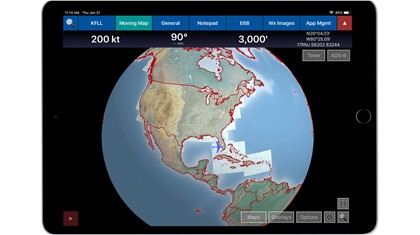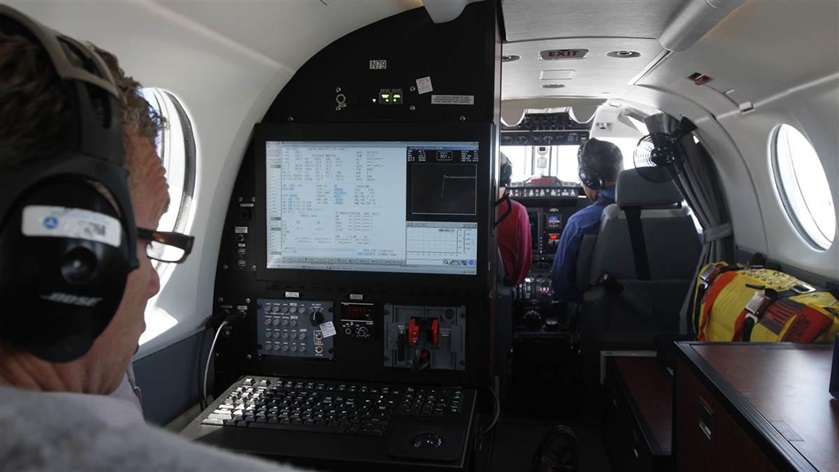Hilton Software customizes EFB for FAA flight check ops
Contract solidifies long-term relationship
Pilots who fly for the FAA validating instrument procedures and navigation aid accuracy have a new electronic flight bag customized by Hilton Software for their specific needs.
Goldstein said that FAA Flight Program Operations staff, who oversee various FAA aviation programs including flight inspection, requested some mission-specific features and add-ons to Aero App, and that led to a separate $4 million, five-year contract to further customize Aero App for flight inspection. The new contract follows a $17 million contract between Hilton Software and NGA announced in 2017.

The flight inspection pilots fly aircraft equipped with an array of specialized sensors and other equipment. They visit (or at least overfly) every runway in the national airspace system on a periodic schedule, confirming with their in-flight observations the accuracy of each element in every instrument procedure before it is published, and subsequently thereafter on a regular basis.
“These are the guys who make sure that the IAPs that you and I fly, and everyone else in general aviation, are safe,” Goldstein said in a telephone interview. “It’s pretty cool that we are helping” flight check crews complete this mission.
Goldstein said one reason for the separate agreement with the FAA is that flight inspection pilots will use a somewhat different interface than other federal users of the same app. “These FAA features only get exposed to the FAA pilots doing flight check.”




